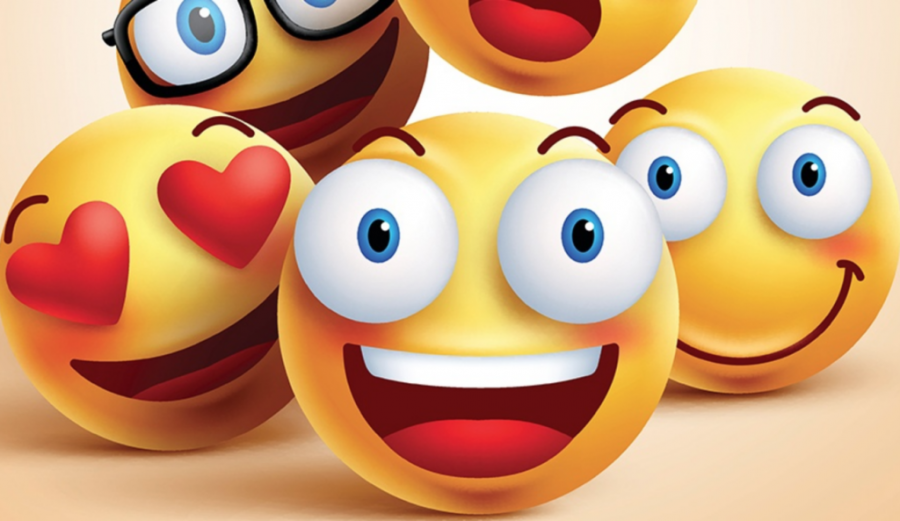Reflecting on “The Emoji Movie”
The introspective nature of “The Emoji Movie” makes it a cinematic masterpiece
August 26, 2021
Filled with bright colors and exuberant emotions, “The Emoji Movie” is so much more than faces on a screen. To too many, the film brings a quick smile or is passed with the judgment due to its cartoonish nature. Truthfully, the film is an allegorical reflection of the society we live in and asks the viewer to come to terms with the deep-rooted lack of individualism that is present in our daily lives.
However, for those who dared to view the film without passing preliminary judgment, there is a rare story of beauty that unfolds as the film progresses. By deciding to not pass this untimely and preemptive judgment, viewers can realize that they may connect — or even empathize — with our protagonist, Gene.
Let’s delve into the layers of “The Emoji Movie” and the emotional depth that is present within. First and foremost, viewers have no choice but to praise the film’s cinematic genius. All throughout are characteristics that closely resemble the works of directors like Christopher Nolan (“The Dark Knight”) or Todd Phillips (“Joker”). It’s worth noting that, in “Joker”, the protagonist, Joker, faces a similar psychological and mental struggle to that which Gene is experiencing — the incessant desire to fit into a world and society that rejects him.
The premise of “The Emoji Movie” is centered around the technology that dictates our modern life and focuses on a community of emoticons, or emojis, that are given sentience. Each emoji is born with a pre-determined identity, a role they are expected to fill without fail or question, time and time again. But the emojis were robbed, never given a chance to explore a life outside that of notions determined even before their birth.
The emotion/identity that was assigned to Gene at his birth is “Meh”, literally. To be fair, Gene is nothing but meh. He wishes to be able to express joy, anger and surprise, but he is unable to break out of the constraints that society has put on him. He often questions why he is made the way that he is — why each time he looks in the mirror he feels nothing but disdain and a desire to be someone else, to be that person that everyone wants him to be.
Instead of feeling desolate or hopeless about the melancholic reality of his enforced destiny, Gene still wishes to “fit in.” His only dream is to be able to fulfill his role and work as the “meh” emoji that he was intended and designed to be. No matter how much he tries to bottle it up, his true identity is revealed during a high-stakes moment in the film.
Following this climax, Gene is ostracized, shamed by the society that he’s a part of, labeled as a “malfunction,” an irregularity. He’s beaten, battered and bruised (mentally) from the treatment he’s given simply because he wishes to be himself. Yet, his only mistake was being born in a society that rejects him solely based on the emotions he wishes to express.
“The Emoji Movie” is full of that heart-wrenching, wholesome and purely cinematic scenes. It is a movie that asks you to step outside of your comfort zone, reflect on your own experiences, and engage in a story. The story of Gene.













